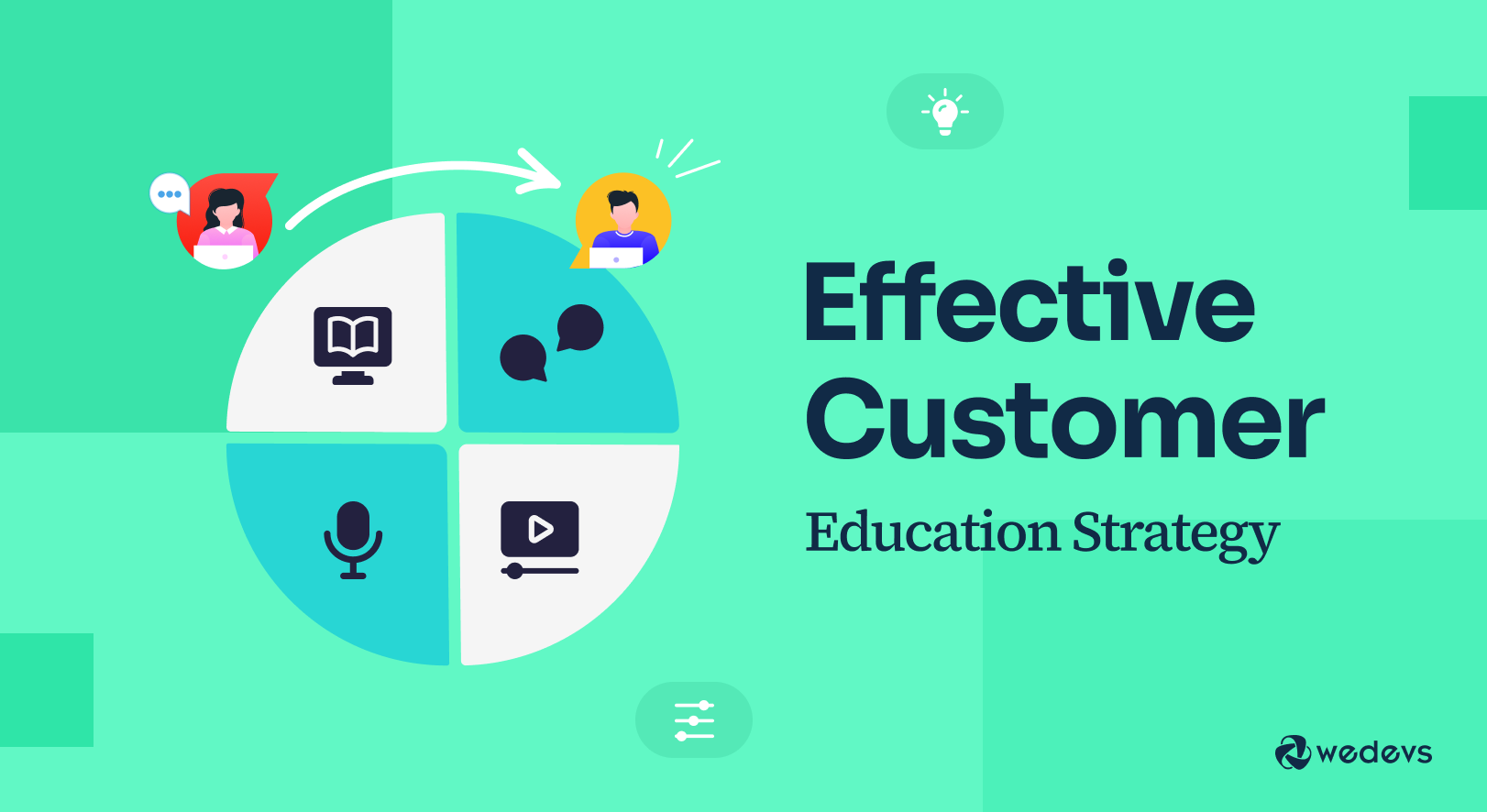
9 Steps to Design an Effective Customer Education Strategy
Designing an effective customer education strategy is crucial for businesses to thrive in today’s competitive market. According to a recent study, customers are 131% more likely to buy products coming with helpful educational content (Conductor).
Nowadays, people often delete an app or software immediately after installing it on their mobile phones or desktops. A key reason behind the scenario is that they aren’t sure how to use it. On the flip side, this is also seen that many people keep the same product again because they know how to use it well. The importance of customer education is proven here.
Throughout this article, we will take you to explore how to design an effective customer education strategy, tips, and much more.
What is a Customer Education Strategy?
Customer education strategy refers to the strategic approach taken by a business organization to educate, train, onboard, and retain existing and new customers. This program can take various forms, like blog posts, documentation, eBooks, brochures, emailing, and video tutorials.
By providing comprehensive customer education, you can enhance customer satisfaction, increase product adoption rate, meet their hidden queries, and make your products/services more easy to use.
Importance of a Customer Education Strategy
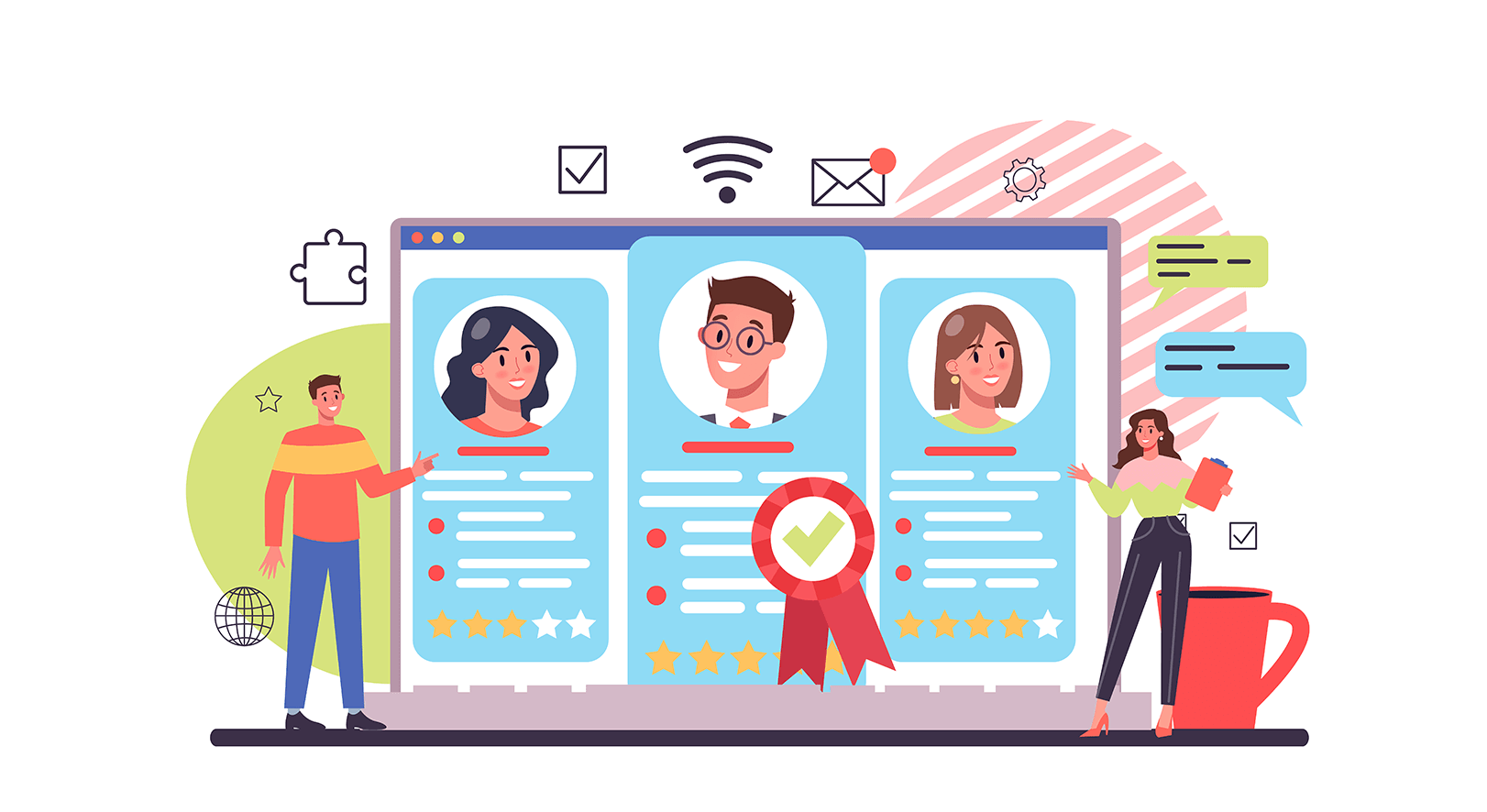
A well-researched customer education strategy has countless benefits for businesses. These benefits not only lead to improved business performance but also growth and long-term success. Check out some key benefits of customer education strategies –
a. Enhance Customer Satisfaction and Retention
Intellum revealed in a report in 2019 that businesses with well-crafted education programs saw an 11.6% increase in customer satisfaction. And there is no doubt that satisfied customers will share their positivities with friends, social media, and review sites. This can help you acquire and retain customers.
b. Reduce Support Costs
When customers are educated enough about a product or service, they are most likely to find solutions independently. They don’t have to depend on your support team. According to many statistics, this can reduce customer support costs by 6.1%.
c. Build Customer Loyalty and Advocacy
When customers are satisfied and confident about a product, they intuitively grow a sense of loyalty toward the particular brand. Plus, they willingly love to recommend and advocate about the products and services to other people. Check how to build trust and loyalty among customers.
d. Differentiate from Competitors
Differentiation is a must to create a unique selling point in this highly competitive business age. Having a well-designed customer education strategy can be a powerful way to do this. Companies that prioritize customer education tend to make 15% more sales than those who don’t care about this.
e. Create a Knowledgeable Community
If you have a strong customer community, you don’t have to worry about sales. They will do the word-of-mouth marketing for you. Besides businesses and brands that have a strong, knowledgeable community, people psychologically tend to trust their products and services.
How to Design an Effective Customer Education Strategy
There are several steps you have to cover one by one to design an effective customer education strategy. We’ll explain each of these points one by one –
Step 01: Identify Target Audiences and Their Needs
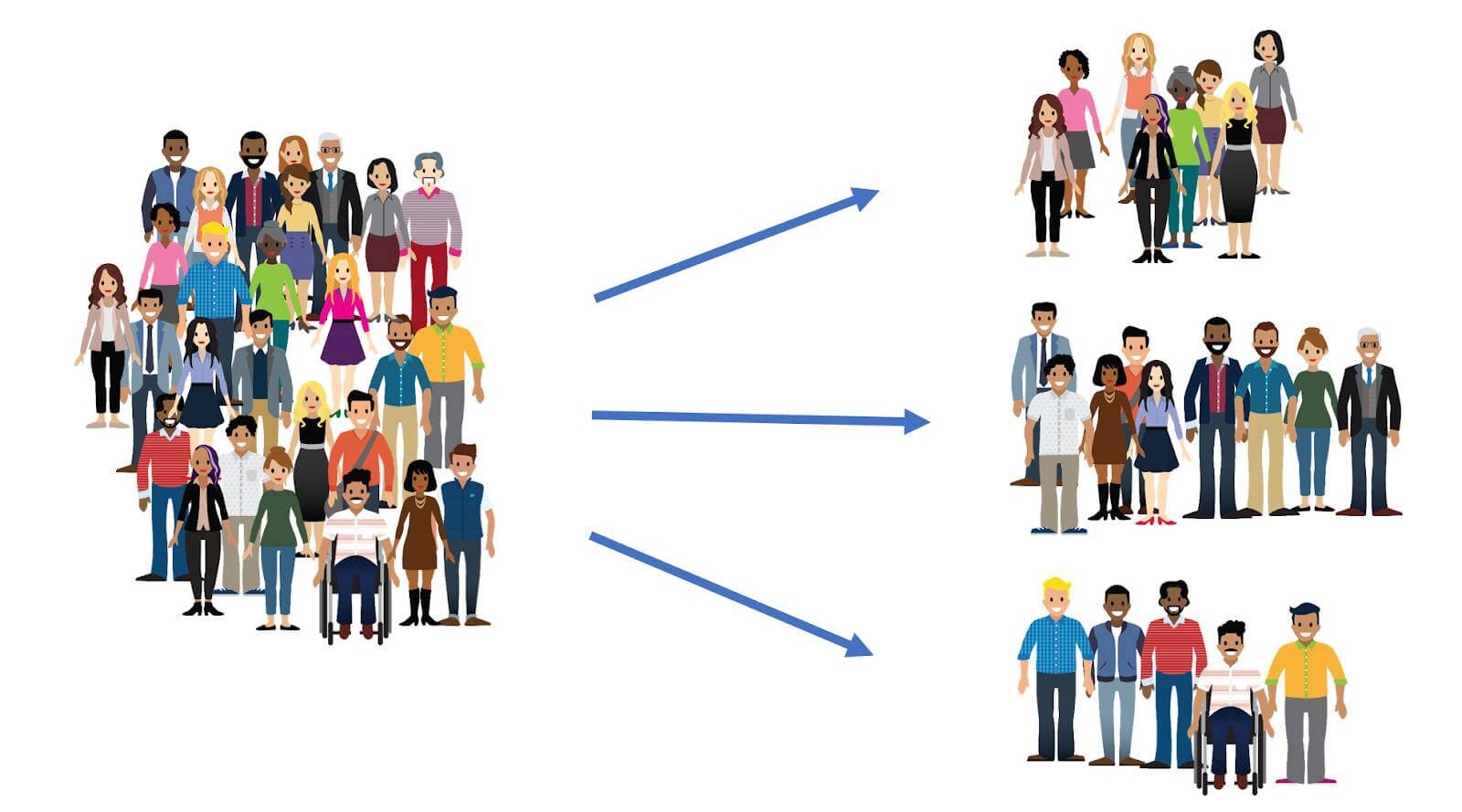
To design an effective customer education strategy, you must start by identifying the target audience and their needs. This involves conducting market research to gather customer information, including their demographics, preferences, and pain points.
Better if you create a buyer persona. This is a semi-fictional character or representation of your ideal customer based on your researched data. A buyer persona will help you gain a detailed insight into who your customers are and what they need.
This will help you trace the knowledge gaps, challenges, and goals of your customers. Accordingly, you can form the foundation of creating relevant and impactful educational content, providing solutions to customer problems.
Step 02: Set Clear Goals and Objectives for the Education Program
Without clear goals and objectives, it’s impossible to create a sense of purpose and direction for the education program. You must know what you should achieve at the end of your customer education program. Otherwise, all your efforts may go in vain.
This will enable you to measure progress and make informed decisions. Plus, you can employ modifications to continuously improve your education effort. You may create a questionnaire covering questions like the following ones to identify viable goals and objectives.
- What do you want to achieve in the end?
- Do you want to increase the product adoption rate?
- Do you want to reduce support queries?
Once you have the overall purposes defined, you may further break them down. SMART is a wonderful tool used globally by academicians and researchers for identifying and setting up business goals. You can use the tool as well.
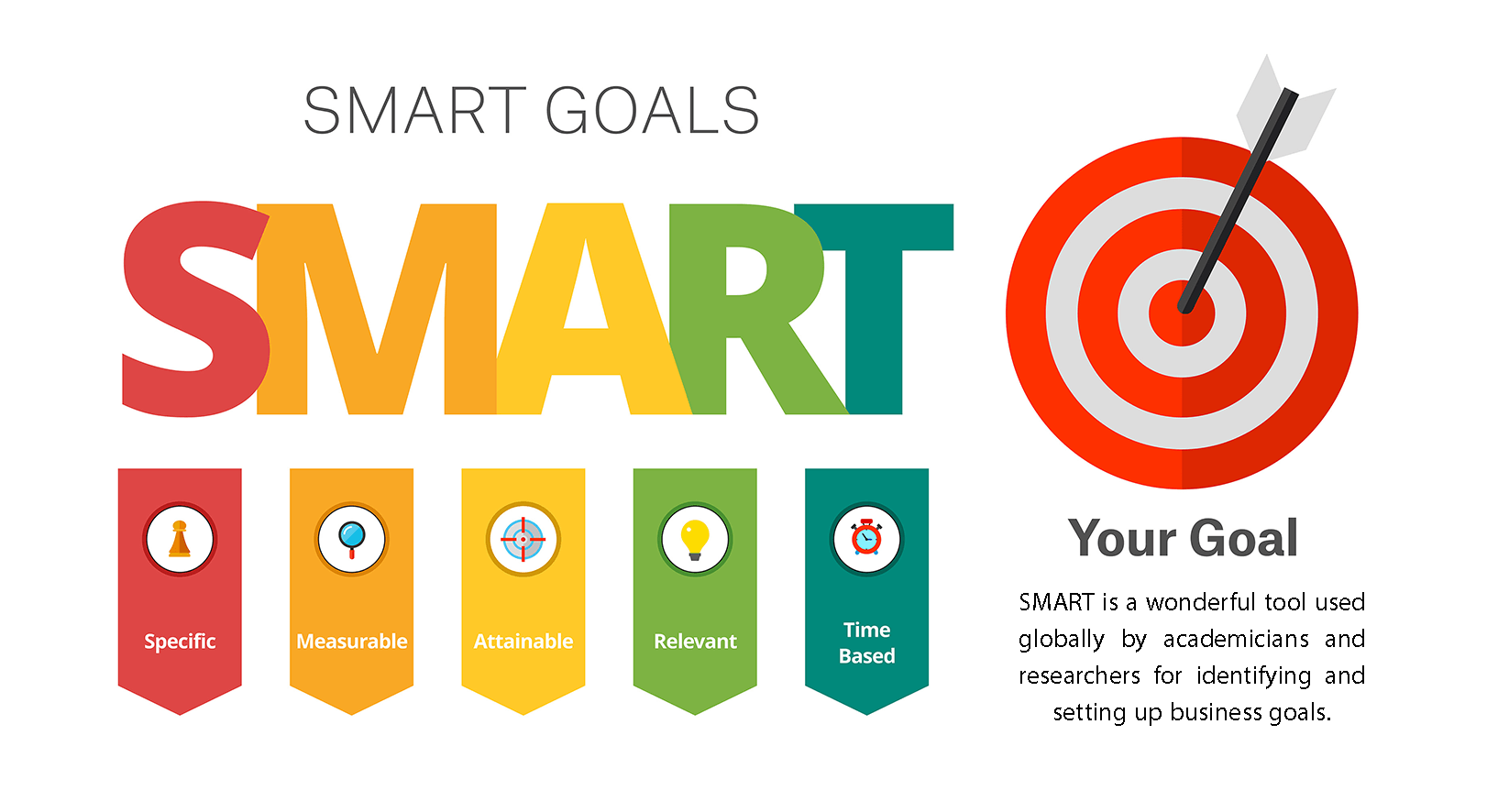
Step 03: Focus on the Top of the Funnel Method
Of course, a prime objective behind the customer educational content strategy development for any business organization is increasing sales and conversions. Focusing on the top of the funnel can help you a lot in this regard.
This is actually a marketing strategy that captures the attention of a wide audience to find potential customers and convert them in the end. There are several stages in this funnel – awareness, interest, consideration, and decision.
In the first stage, your educational content must spread brand awareness, reaching a wide audience. Next, your content must have the power to create interest among them to use it for solving their problems.
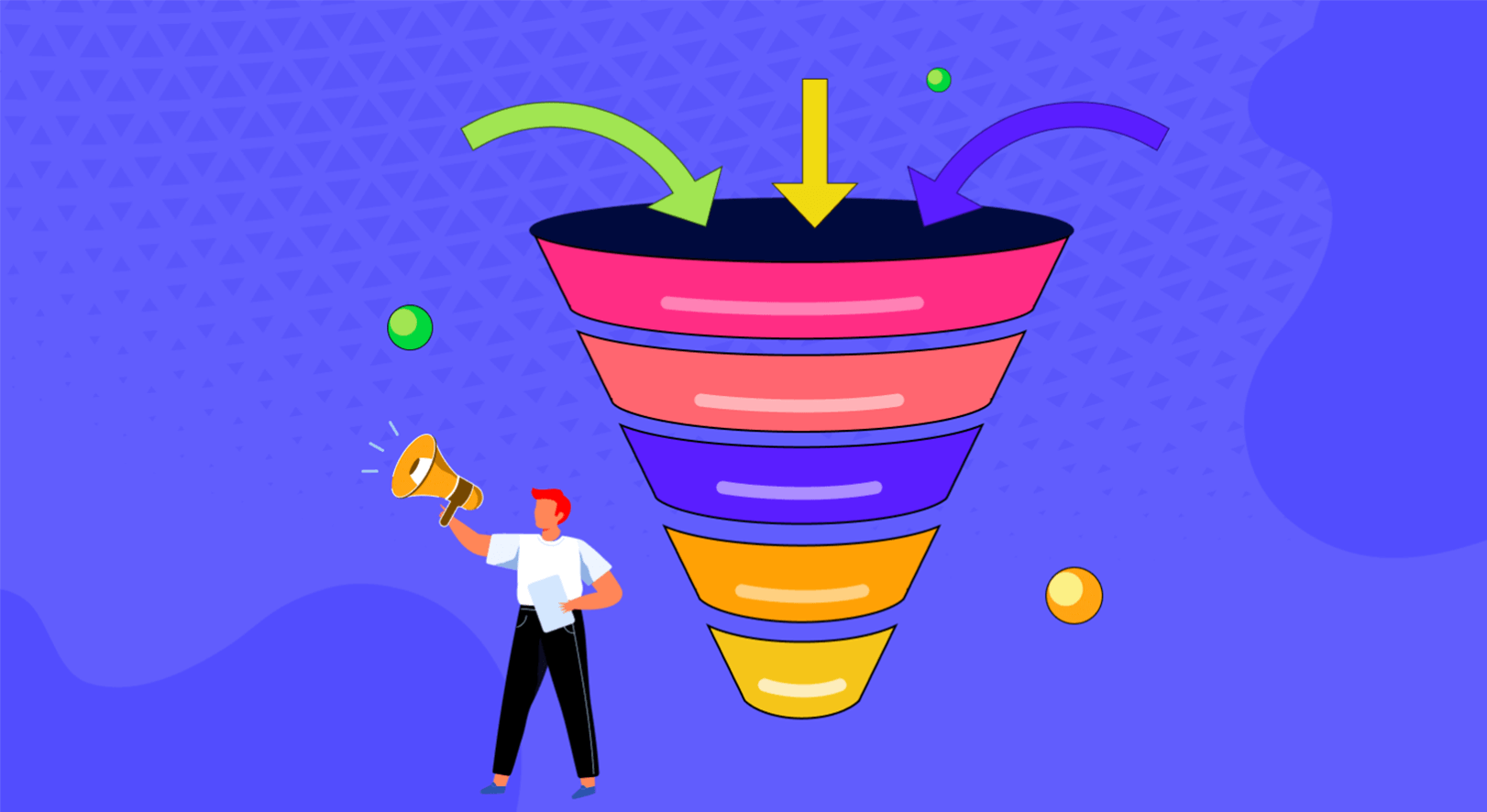
You can take inspiration from Adobe Photoshop, Illustrator, and other products, for example. They have tons of educational content online, following the same funnel.
Step 04: Develop Educational Content to Train Up Customers
By now, you must have an understanding of your target audiences and their knowledge gaps. Accordingly, you should start creating educational content that helps fill the gaps with a continuous logical progression. You can use a tool like Canva or Visme to create visual content.
You can create educational content in various formats, like written guides, videos, tutorials, podcasts, and webinars. Choose the formats that perfectly suit your teaching styles, preferences, and target audiences. Try to add visual aids, graphics, and multimedia so people don’t get bored mid-way.
Multimedia content can break down complex topics into more easily understandable and enjoyable formats. Keep updating the content whenever necessary.
Step 05: Choose Appropriate Delivery Methods and Platforms
Choosing appropriate delivery methods is essential for effectively delivering educational content to customers. You must make them available both online and offline. If it’s a physical item, you can print the basic manual and label it on the package.
In terms of online platforms, it is good to maintain a comprehensive knowledge base on your website. The knowledge base content can be both video and text-based. If you have lots of video content, you can upload it on popular streaming platforms like YouTube, Vimeo, TikTok, etc.
In addition, if you believe your content is so valuable that customers are ready to pay for it, you can upload the educational content on premium academic platforms like Udemy, Udacity, Skillshare, LinkedIn Learning, etc.
Step 06: Identify Customer Touchpoints to Better Reach Them
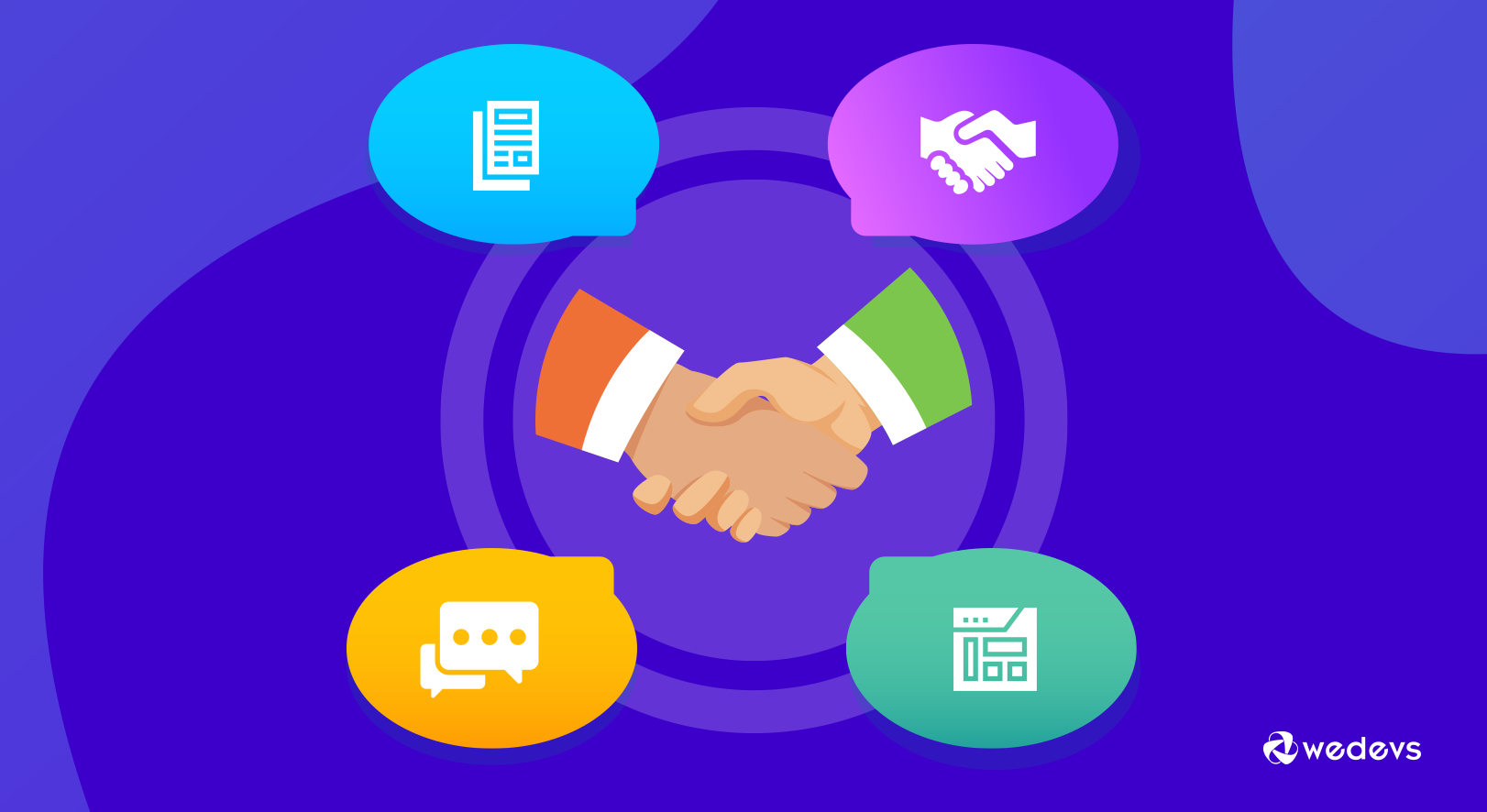
If your selected delivery network cannot engage the target audience well, you must identify and utilize their sensitive touchpoints. This can be through social media interactions, email communications, phone calls, and copy updates.
You can also use CRM tools like WPERP and analytics to track down the points that engage them the most. If your previous buyer persona isn’t helping you much, you must update it. There is no fixed rule that you cannot change the persona once you create it.
Step 07: Provide Ongoing Support and Resources for Learners
If you are thinking of releasing a new update or variation of your product, you must add it to your educational content as well. Otherwise, even your regular customers will be confused about the product and may think of moving away.
In addition, you can maintain a customer support wing so users can instantly have solutions to their problems. You can render this support in the form of a chat box, online forum, discussion board, email, ticket, and else.
Step 08: Measure the Effectiveness of the Education Program
Measuring the effectiveness of the education program can help you identify the areas that you need to improve. So, how to measure the effectiveness of the education program? Hope you have defined the educational goals and objectives at the earlier stage.
If so, it will be easy for you to gather qualitative and quantitive data on your content performance so far. For quantitative data, you can run surveys, tests, evaluations, and assessments. For qualitative data, you have to hypothetically check the impact of this content on learners’ attitudes, motivation, and overall learning experience.

Finally, you can track the program completion rate and how better target audiences are getting engaged with your content. All these are enough to measure the effectiveness of customer education strategies with data-driven decisions.
Step 09: Improve the Strategy Based on Feedback and Results
Improvement is a continuous process. And if you want to sustain your business in the market for a long time, there is no alternative to regular improvement. Those who are very young today, after five to seven years, may become your potential customers.
But over time, customers’ expectations may change in the way of communicate with them. For example, today’s users are more interested in video content than text-based educational content.
In addition, you’ll always keep getting feedback and suggestions from running customers, in the light of which you can implement changes to your content. Thus, you can design an effective customer education strategy and uphold its appeal to users for a long time.
Set KPIs to Measure the ROI from Your Customer Education Strategy

We already said just a while ago that measuring the effectiveness of customer education strategies is important to evaluate the success of the program. But how to do that? There are several key metrics that you can use to gain insights. Let’s explore them!
1. Product Adoption Rate
The product adoption rate refers to the percentage of customers who have successfully adopted the product and are actively using it. To figure out this rate, you can track down the number of users engaged with the education program and have successfully converted into customers afterward.
If you find customers aren’t converting well and moving away without completing the education program, you may assume your content isn’t attractive or helpful enough for target audiences.
2. Customer Churn Rate
The customer churn rate refers to the number of customers discontinuing their relationship with the business organization. This metric helps evaluate customer retention rate and loyalty. To track the rate, you must check the number of customers who have unsubscribed within a specific period.
A low customer churn rate indicates that customer education programs and strategies are performing well. And a high churn rate explains the reverse result.
3. Customer Satisfaction
Hope you know what customer satisfaction is. So, we won’t talk much about it. But how to track customer satisfaction? The only ways to do this are through surveys, feedback forms, ratings, and customer opinions shared on social media platforms. Learn how to create an online survey form.
4. Net Promoter Score
This metric helps you judge the likelihood of customers recommending a product or service to others. To calculate the Net Promoter Score, you can provide a Google form or sheet where users will rate (from 1-10), indicating how interested they are in recommending your products and services to others.
You’ll come across many other metrics to measure the ROI from customer education strategy if you search online. You can use other metrics as well if you feel the need for them. However, we believe the above-mentioned metrics are enough at the primary stage.
Use WPUF to Create an Effective Learning Environment for Customers
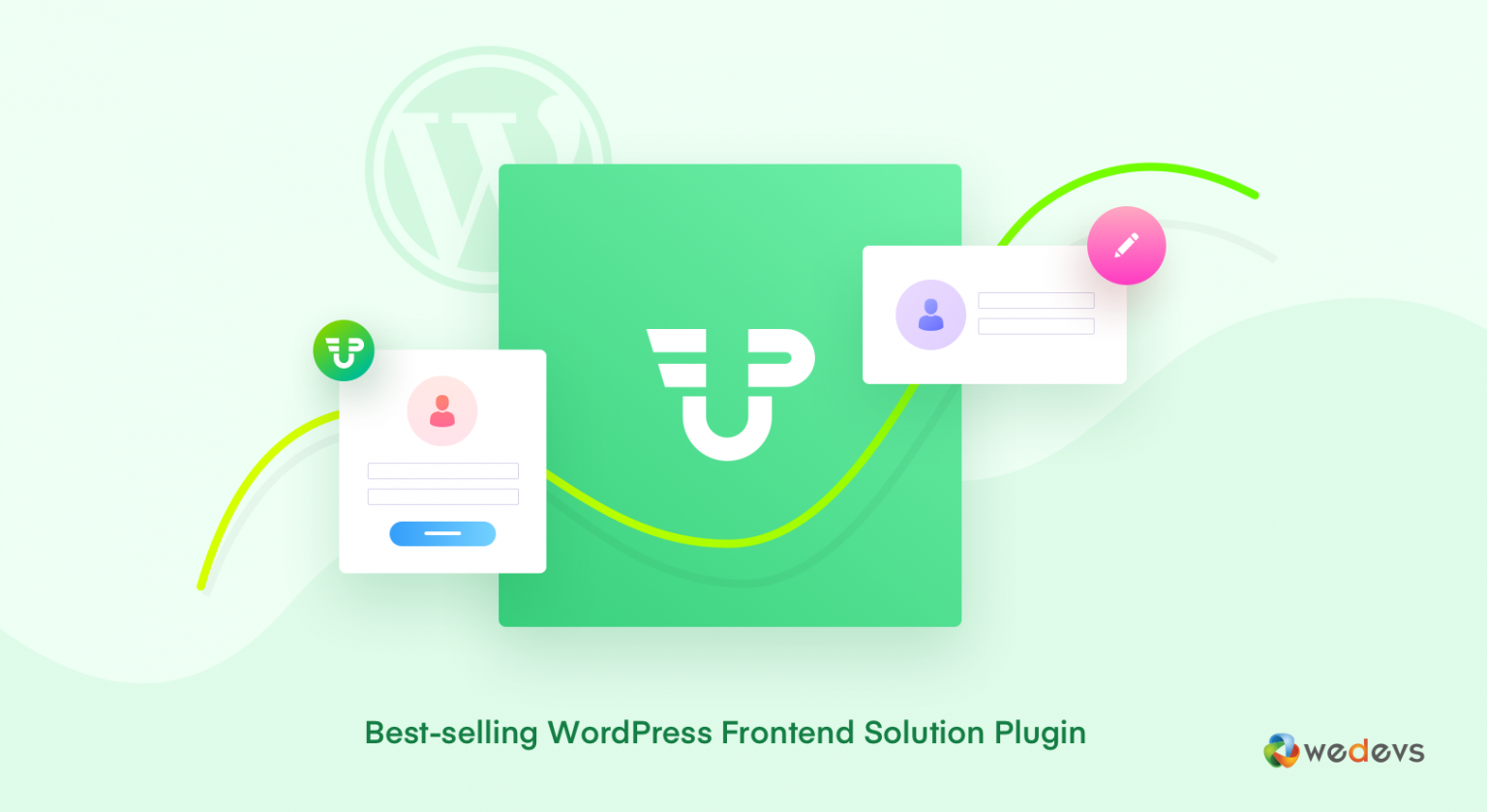
WPUF (WordPress User Frontend) is a robust WordPress plugin to create and publish helpful content on your website from the front. The plugin also allows new users to register, build profiles, subscribe to membership plans, and more, all from the front end.
As a result, new users don't need to log into the WordPress dashboard to create and edit blog posts and other content. This plugin is extremely helpful in creating membership-based content-sharing platforms. This means you can define a total of how many guest posts a user can publish on your platform in a month or a year.
You can even check, review, and validate each piece of content before finally making it live on your site. Likewise, you can create helpful educational resources in particular niches that are useful for your targeted customers and users.
You can also invite expert professionals and experienced educators to contribute educational articles and tutorials on your platform. WPUF currently has 20,000+ active users with 340+ five-star ratings. Explore the plugin by clicking the buttons below.
FAQ on How to Design an Effective Customer Education Strategy
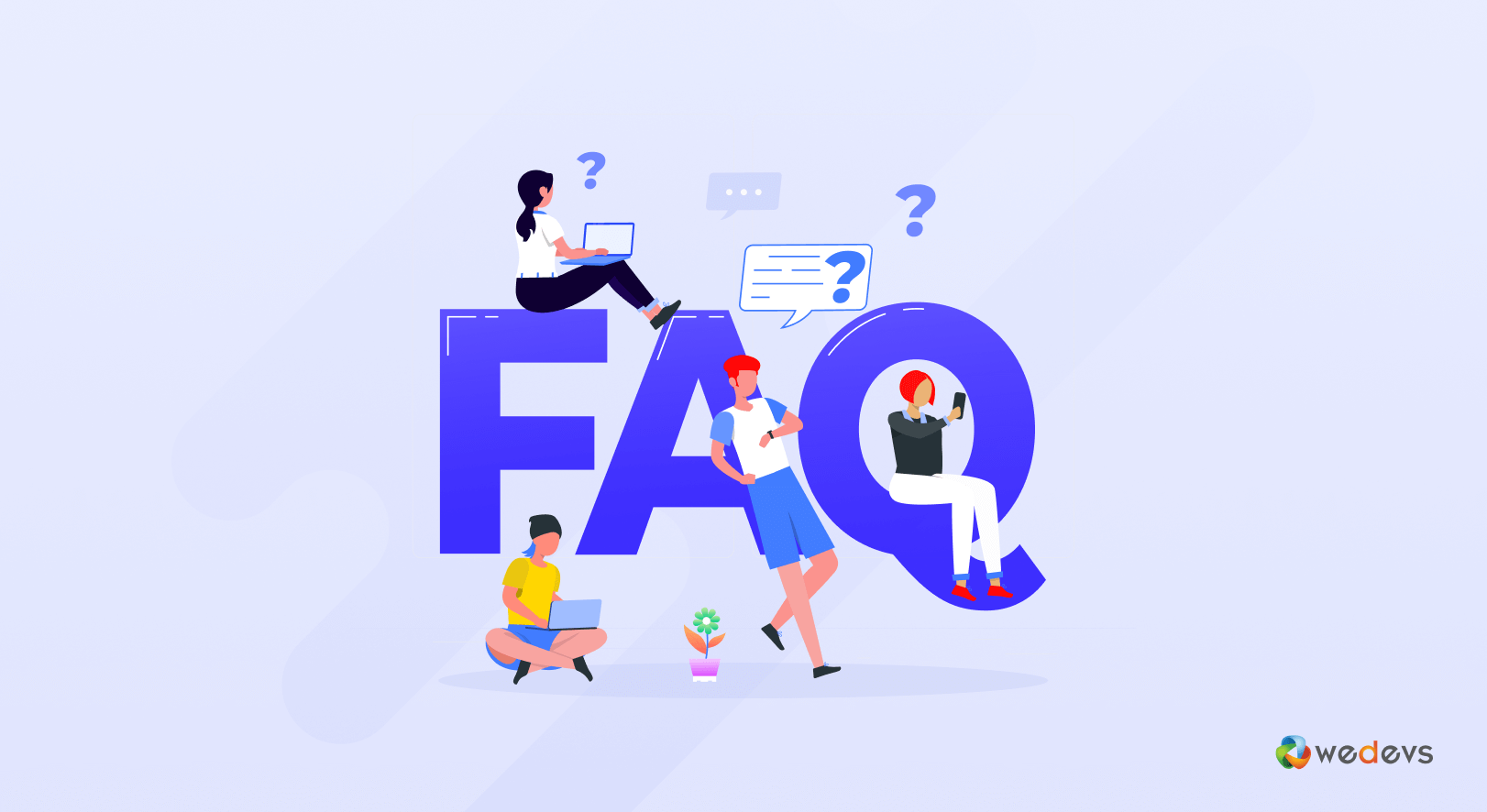
Hope most of the questions roaming in your mind have been answered above. Still, we are covering the FAQ section to answer some additional questions that haven’t been answered above but are related to today’s topic.
01: How can you educate your customers in an easy way?
Create helpful content, arrange online webinars, publish eBooks and articles, take help from industry experts, organize open question-answer sessions, etc.
02: What are the major markets of customer education?
There are basically five major markets of customer education. They are business, consumer, government, global, and institutional.
03: What are the effects of improper customer education programs?
- Dissatisfaction among customers
- Increased support cost
- Decrease in product adoption
- Bad brand reputation
- Increasing churn rate
04: What are the cost-effective strategies for creating customer education programs?
- Create content that is universally useful for wider audiences
- Use a knowledge base plugin to organize the content structurally well
- Make your content available online so people can easily find them
- Have an AI chatbot that automatically answers based on your knowledge base
- Create a forum where educated users can mutually help others
05: What are the best knowledge base plugins to create a comprehensive knowledge base for customers?
The best knowledge base plugins are BetterDocs, weDocs, Heroic Knowledge Base, Echo Knowledge Base, and Helpie WP.
Final Words on Effective Customer Education Strategies!
There is no one-line straight way to craft effective customer education strategies. It requires multifaced efforts, along with careful planning, personalization, continuous evaluation, and ongoing support. We have tried to explain all these points in this discussion with other supporting guides.
It will be our pleasure if you find this article helpful. We are requesting you to leave a comment below, sharing your opinion about this write-up.